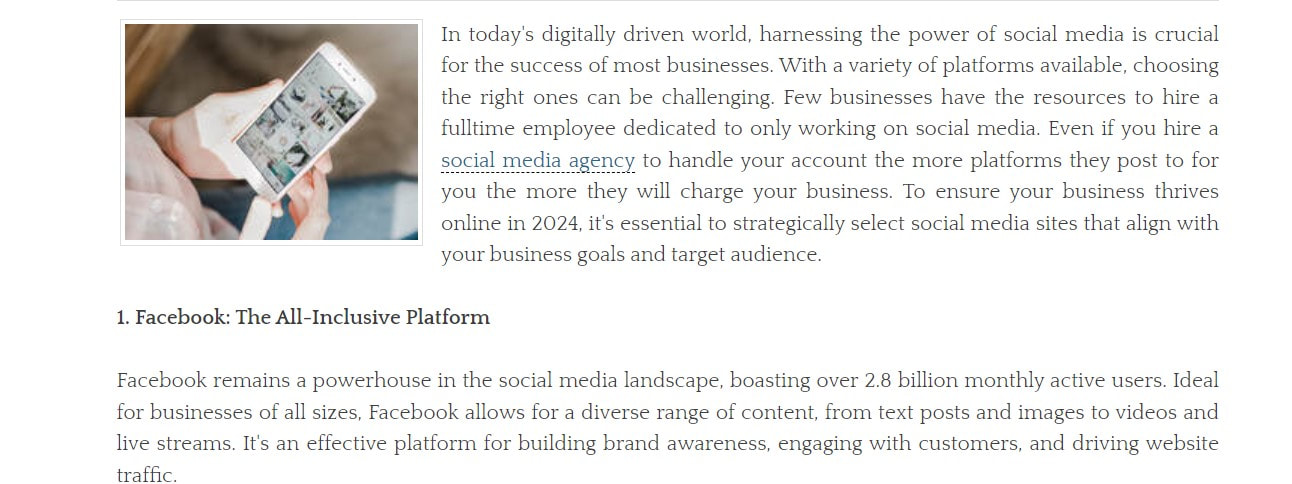
Social media accounts, and occasional advertising accounts, are often the target of hackers and it is very important to make sure to keep your social media accounts safe.
Recent Attacks and Their Costs:
The cyber threat landscape has witnessed a surge in high-profile attacks in recent years, exposing vulnerabilities in both public and private sectors. One of the most notorious incidents was the SolarWinds supply chain attack in 2020, which targeted numerous government agencies and corporations.
The financial impact of such attacks is staggering. According to a report by Cybersecurity Ventures, the global damage costs from cybercrime are projected to reach $10.5 trillion annually by 2025, representing a sharp increase from previous years. Beyond financial losses, the reputational damage incurred by organizations can be severe, eroding customer trust and confidence.
Types of Cyber Attacks:
Understanding the diverse array of cyber threats is crucial for implementing effective cybersecurity measures. Here are some prevalent types of cyber-attacks:
- Phishing Attacks: Cybercriminals use deceptive emails or messages to trick individuals into disclosing sensitive information such as passwords or financial details. AI allows criminals to create more authentic-looking emails.
- Ransomware Attacks: Malicious software encrypts an organization's files, rendering them inaccessible until a ransom is paid.
- Malware Infections: Malicious software, including viruses, worms, and trojans, infiltrates systems to compromise data integrity and functionality.
- Denial of Service (DoS) Attacks: Attackers flood a network or system with traffic, overwhelming it and causing service disruption.
- Man-in-the-Middle Attacks: Cybercriminals intercept and manipulate communication between two parties, potentially gaining unauthorized access to sensitive information.
- SQL Injection: Attackers inject malicious code into a database query, exploiting vulnerabilities to access or manipulate data.
Given the evolving nature of the threats, organizations must adopt a multi-faceted approach to cybersecurity. Here are key strategies to protect your company against cyber-attacks:
- Employee Training and Awareness: Educate employees about cybersecurity best practices, including recognizing phishing attempts and adhering to secure password policies. Regular training sessions can enhance the organization's overall security posture.
- Implement Robust Access Controls: Limit access to sensitive information based on job roles. Implementing the principle of least privilege ensures that employees have the minimum access necessary to perform their duties, reducing the risk of unauthorized access.
- Regular Software Updates and Patch Management: Keep all software, including operating systems and applications, up to date with the latest security patches. Regularly updating systems helps close vulnerabilities that could be exploited by attackers.
- Network Security Measures: Utilize firewalls, intrusion detection systems, and intrusion prevention systems to safeguard the organization's network. Employing encryption protocols adds an additional layer of protection to sensitive data during transmission.
- Data Backup and Recovery: Regularly back up critical data and ensure that recovery processes are in place. In the event of a ransomware attack, having recent backups can mitigate data loss and expedite the restoration of services.
- Incident Response Plan: Develop a comprehensive incident response plan to swiftly address and mitigate the impact of a cyber-attack. Clearly define roles and responsibilities, and conduct drills to ensure a well-coordinated response.
- Collaborate with Cybersecurity Experts: Engage with cybersecurity experts and consultants to assess and enhance your organization's security posture. Regularly conduct security audits and penetration testing to identify and address potential vulnerabilities.
Conclusion:
In an interconnected world, where data is a prized asset and technology permeates every aspect of our lives, the importance of cybersecurity cannot be overstressed. Recent cyber-attacks have demonstrated the devastating consequences of lax security measures, with financial losses, reputational damage, and operational disruptions becoming all too common. To safeguard against the evolving threat landscape, organizations must embrace a proactive and comprehensive approach to cybersecurity, incorporating employee education, robust access controls, network security measures, and thorough incident response plans.






 RSS Feed
RSS Feed